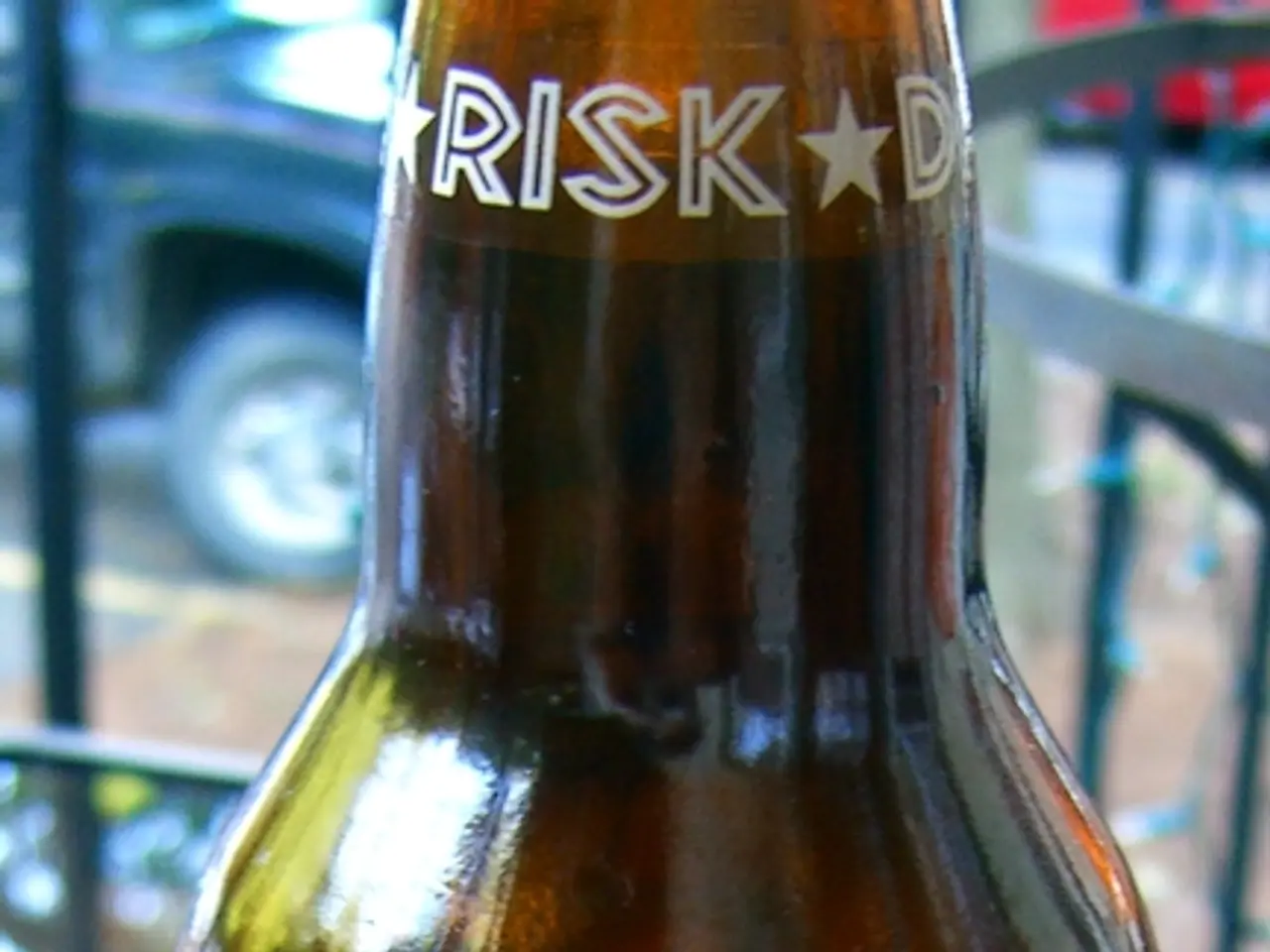Identifying and Managing Anxiety Triggers: A Guide for Coping Effectively
Anxiety, a mental disorder characterized by feelings of worry, fear, and unease about future events, affects millions of people worldwide. The most common type of anxiety is Generalized Anxiety Disorder (GAD), which often persists even after the source of stress has passed.
Anxiety can manifest in various ways, causing both psychological and physical symptoms. These may include nausea, shortness of breath, chest pain, or heart palpitations. It's important to note that environmental factors, genetics, specific emotions, events, and experiences can induce anxiety, often referred to as anxiety triggers.
Triggers vary from person to person, but common anxiety triggers include stressful life events (like bereavement, job changes, or relationship problems), substance use (caffeine, alcohol, nicotine), reminders of past trauma, health issues, financial worries, social situations (being alone or in crowds), and certain locations linked to prior panic attacks.
Managing anxiety and its triggers involves a combination of strategies. Limiting exposure to triggers is one such strategy. This can involve reducing caffeine intake, avoiding or limiting negative news and social media, and setting boundaries around stressful stimuli.
Another approach is challenging negative thoughts. Cognitive techniques like questioning the realism and evidence behind anxious thoughts help reduce their impact and promote balanced thinking.
Exposure therapy, where one gradually faces feared situations rather than avoiding them, is also effective, especially for phobias and panic disorder.
Maintaining a healthy lifestyle is crucial in managing anxiety. Regular exercise, good sleep hygiene, and avoiding substances that worsen anxiety (alcohol, caffeine) support better mental health.
Mindfulness and acceptance-based therapies, such as mindfulness meditation, acceptance and commitment therapy (ACT), and mindfulness-based cognitive therapy, also help manage stress and improve psychological flexibility.
In some cases, medication may be necessary to augment behavioral treatments. Antidepressants (SSRIs, SNRIs) or beta-blockers are sometimes used to help manage symptoms of anxiety.
It's essential to identify personal triggers and create a targeted management plan, often with professional guidance if anxiety is prolonged or severe. Remember, everyone's experience with anxiety is unique, so it's crucial to approach management strategies with patience and understanding.
Stress is a common anxiety trigger, and it can be caused by significant life events or seemingly insignificant events like missing a bus or being in traffic jams. Reducing caffeine intake or substituting caffeinated drinks with non-caffeinated options can help improve feelings of anxiety, particularly for those with social anxiety disorder or panic disorder.
The exact cause of anxiety and anxiety disorders is difficult to pinpoint, but research continues to uncover new insights. Understanding anxiety and its triggers is the first step towards managing it effectively. If you or someone you know is struggling with anxiety, seeking professional help can provide valuable guidance and support.
Using mindfulness-based therapies, like mindfulness meditation, can help manage stress and improve mental health, making them valuable tools in dealing with anxiety. With a growing understanding of mental health-and-wellness and the role it plays in science, it's important to recognize and address anxiety triggers like stress, which can stem from both significant life events and seemingly insignificant incidents, such as missing a bus or being in traffic jams, by seeking out strategies like limiting caffeine intake or replacing caffeinated drinks with non-caffeinated options.




